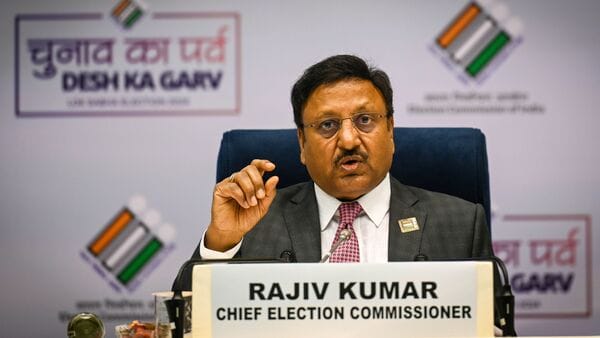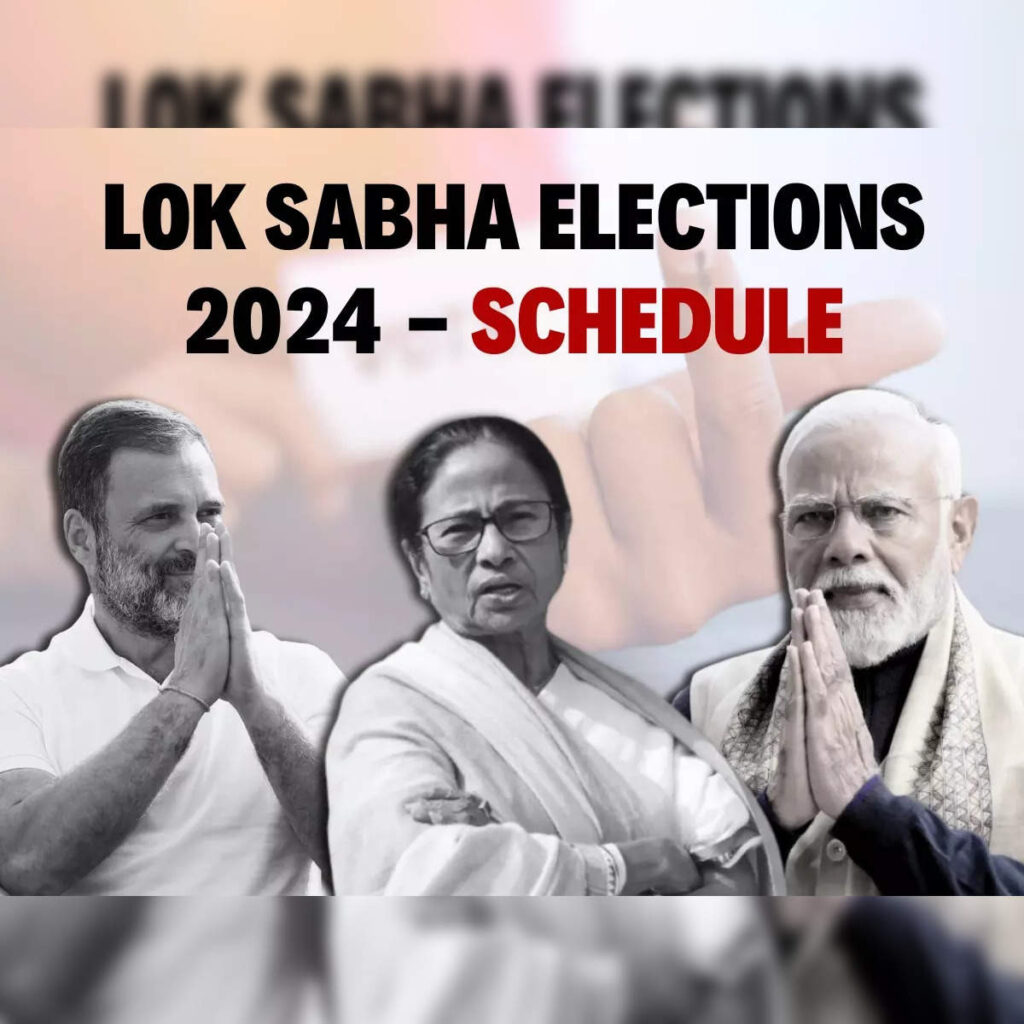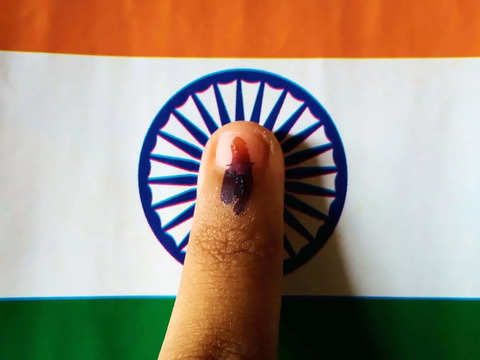Table of Contents
Setting the stage for the 2024 Lok Sabha elections, the Election Commission announced the dates for election polls on 16th March, Saturday. It was announced that voting will be held in 7 phases starting from 19th April and the result declaration will be on 4th June. Along with the announcement of the dates, the model code of conduct came into immediate effect. They will be held through the months of April and May.
Phase of Elections :
While the NDA government is hoping to clinch another term for the third time, the opposition, hardly managing to choose a face of the INDIA bloc, are hoping to break their scorecard. The first phase of polls will be on 19th April, covering 102 Lok Sabha Seats. The second phase will be on 26th April, covering 89 seats and the third phase will be on 7th May covering 94 seats. The fourth phase will be on 13th May covering 96 seats and 5th on 20th May covering 49 seats. The last two phases will be on 25th May and 1st June for 57 seats each.
State-wise polls :
Uttar Pradesh, Bihar and West Bengal will undergo a 7-phase voting while there will be 5-phase elections in Maharashtra and Jammu & Kashmir. Polls are in 4 phases in Odisha, Madhya Pradesh and Jharkhand with Chhattisgarh and Assam having a 3-phase voting. States of Karnataka, Rajasthan, Tripura and Manipur will have voting in 2 phases and the remaining 22 states will see voting in only 1 phase.

The Chief Election Commissioner, Rajiv Kumar listed the four major challenges that they would face in the conduct of the elections and they are – muscle power, money influence, misinformation & fake news and model code violations. He also advised all political parties to avoid campaigning on the basis of personal attacks and rather focus on issue-based campaigning while not crossing the red line. 2100 election observers have been appointed to ensure a smooth process of free and fair elections.
Data of voters :
As per the data released, a total of 96.8 crore voters are found to be eligible to vote in Lok Sabha elections. Out of them, 1.82 crore are voting for the first time and 19.47 crore are voters between the age group of 20-29 years. 10.5 lakh poll booths have been set up and will be manned by 1.5 crore polling officials and security staff. A total of 55 lakh EVMs have been prepared for the same.

The tenure of the current NDA government will end on 16th June and a new House will be constituted before that. The Bharatiya Janata Party , led by Prime Minister Modi, has set for itself a target of 370 seats. PM Modi has claimed that they undoubtedly will cross 400 seats this time andt has gone all out to expand the NDA by joining hands with several regional parties.
The Congress, on the other hand, faces a menial task with sporadic progress as it tries to better at its performance, which has been dismal in the last two elections. It has played a key role in binding together an alliance of opposition parties under the banner of INDIA (Indian National Developmental Inclusive Alliance). However, since the alliance has faced several hurdles and in many states, the partners have failed to finalise the seat-sharing agreement till now.



